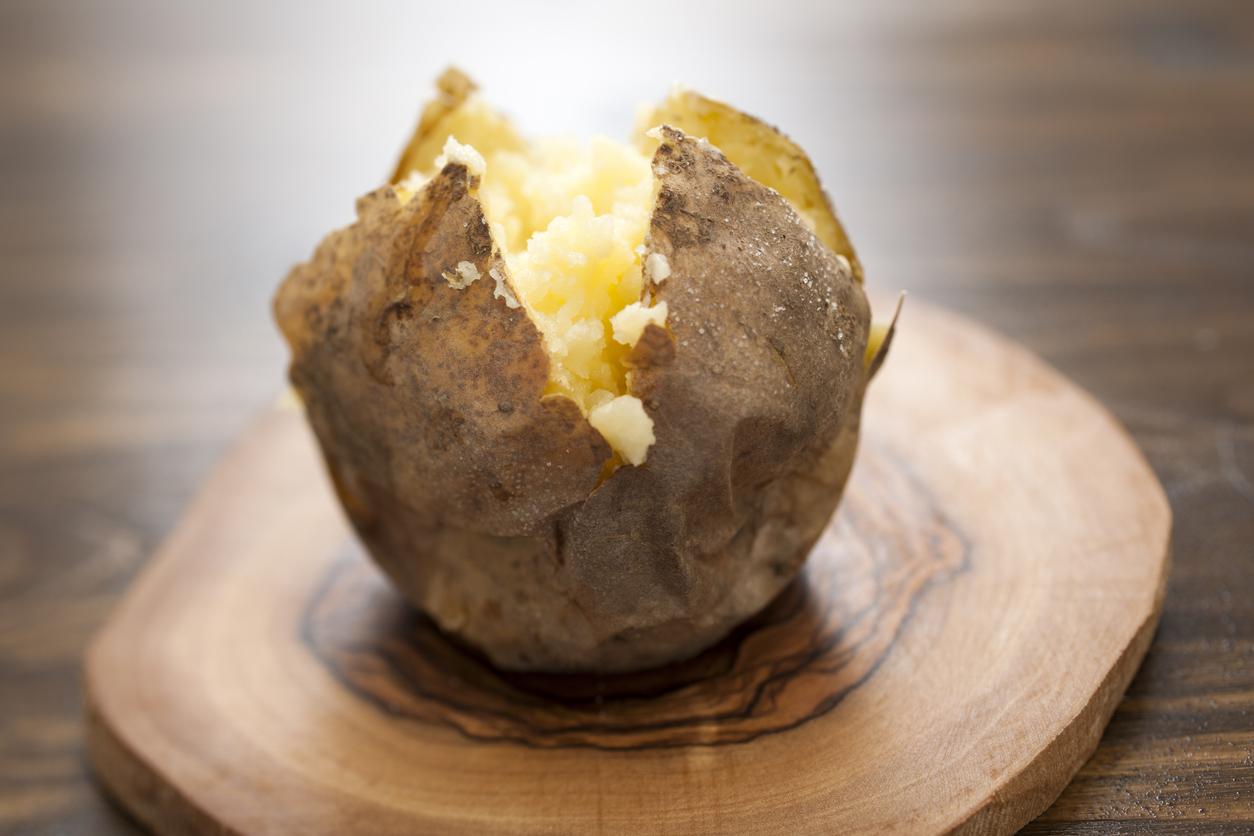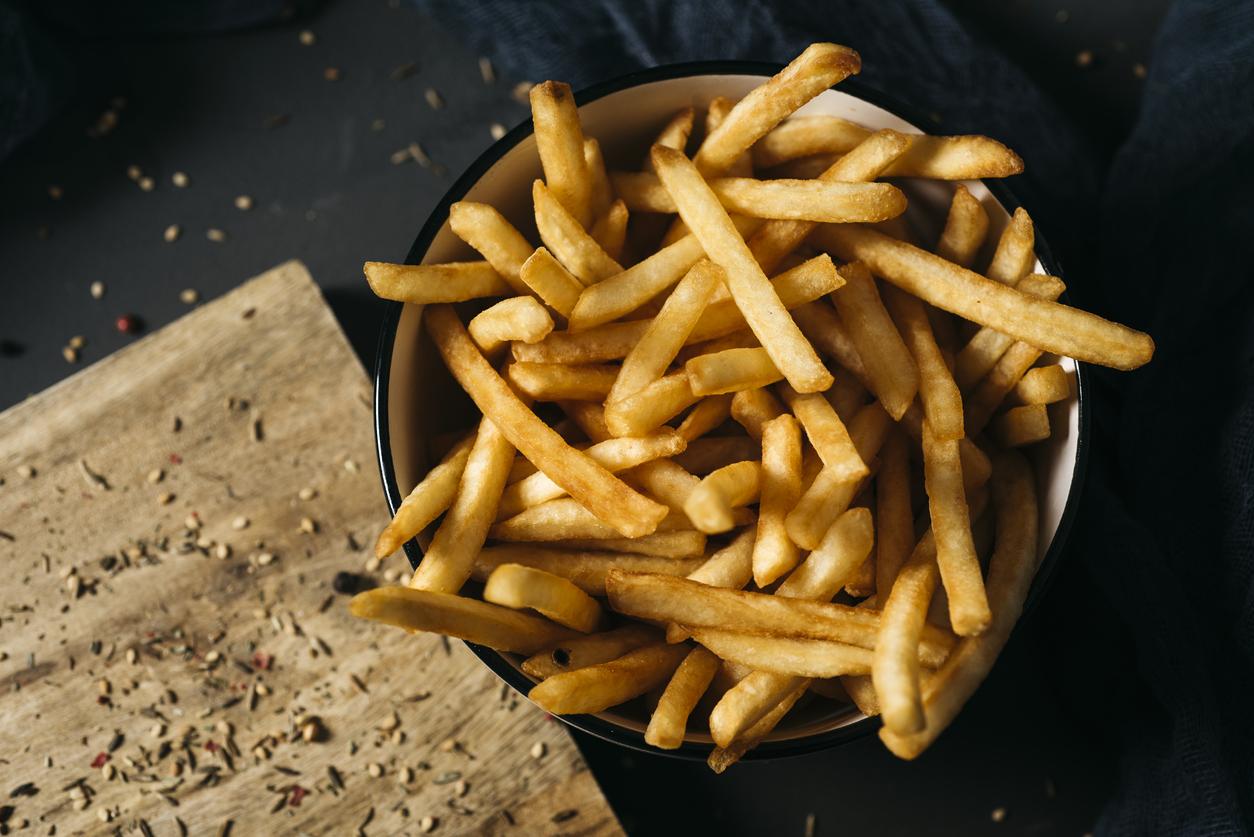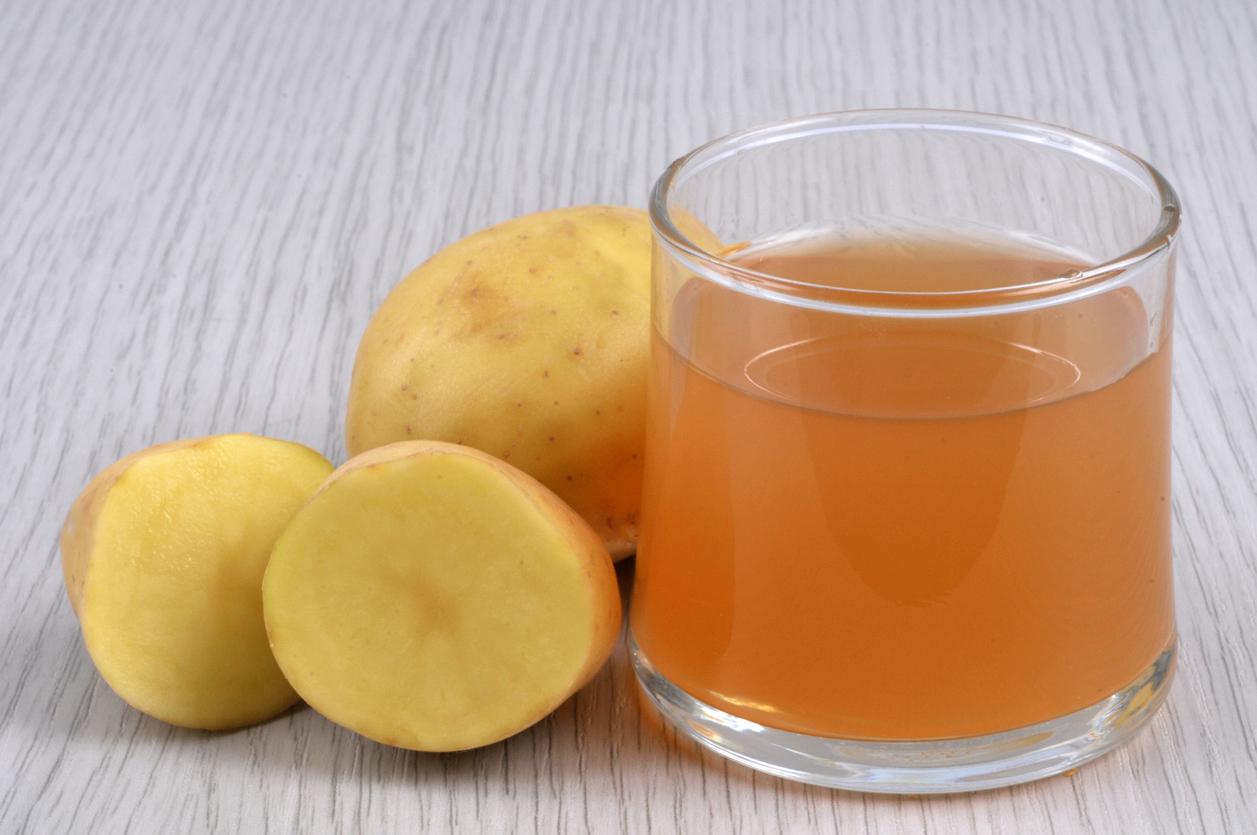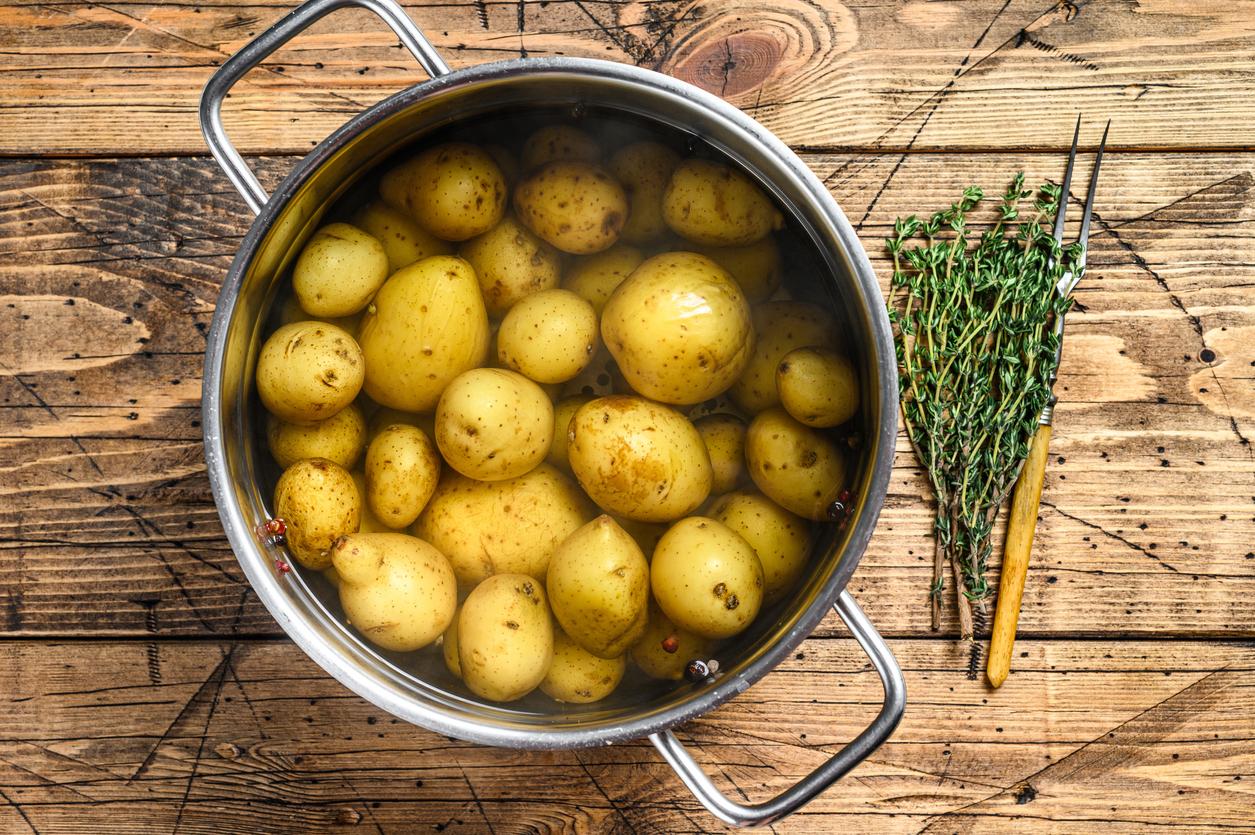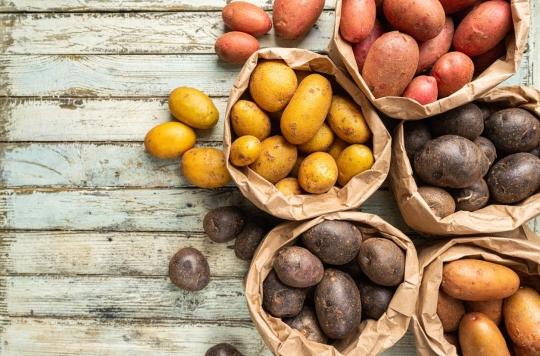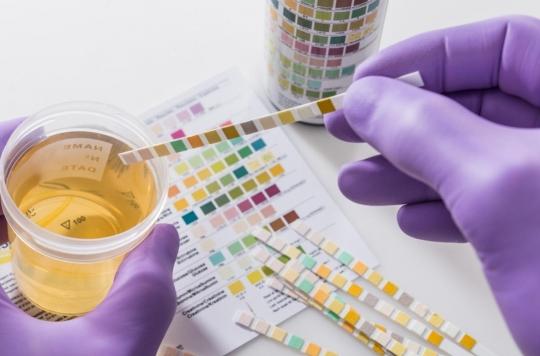
Basis of the Dutch pot
Potatoes, meat, vegetables: traditionally, the Dutch pot could not do without that familiar tuber. Nowadays they are less often on the table, because we alternate them with pasta, rice and couscous. Many people who want to lose some weight prefer to avoid it altogether, because it would make you fat. Is that true? And what is healthy about beepers?
Potatoes (Latin name: Solanum tuberosum) are edible tubers that grow underground. The green parts of the potato plant that you see above ground are poisonous. Spanish explorers took them to Europe from South America. In the Netherlands they formed the basis of the meal for many years.
Vegetable
In their Wheel of Five, the Nutrition Center places potatoes in the same compartment as bread, grains, rice, pasta and couscous, but abroad they are seen as vegetables. Potatoes contain all kinds of vitamins and minerals that you will not find in pasta or rice. They are rich in vitamins C, B6, potassium, iron, magnesium, chromium and zinc.
fatter?
The potato does not have a positive image with everyone. With some weight loss methods, such as South Beach and Atkins, you are (temporarily) not allowed to eat potatoes. These are low-carbohydrate diets and potatoes simply contain a lot of starch, which consists of carbohydrates. That doesn’t mean they’re bad for the line. You need carbohydrates as an energy source for your body. And thanks to the high fiber content in potatoes, they ensure that you feel full for a long time.
Whether potatoes are fatteners depends on the preparation method and what else you eat with them. Boiled potatoes contain no fat and only 83 kilocalories per 100 grams. Fried in a knob of butter, as chips with mayonnaise or in the form of chips, they are of course much less slim. Anything can be added to processed potato products, such as croquettes, wedges and puree. It often contains salt and sometimes sugar.
save
There is no best-before date on potatoes, but they will keep for a week or two or three. If they start to smell sour, are less firm or damaged, the quality is less. Store them in a cool, dark, dry place, but not in the refrigerator. They are more likely to mold and sprout in a damp place. Moisture cannot evaporate well in a plastic bag, so put potatoes in a container or bucket with newspapers on the bottom.
Exposure to light increases the production of solanine, a toxin that occurs naturally in members of the nightshade family. A large amount of solanine can cause fever, diarrhea and abdominal pain. The formation of this substance can be seen in greenish spots. There is also more of the toxic substance in foothills. You should therefore cut off runners and green spots well before preparing the potatoes. Bumping causes bruises on potatoes, these are harmless.
Preparation
You can boil, bake, roast, process in casseroles and deep-fry potatoes. Boiling first and then baking or boiling and then pureeing are also possible. You don’t necessarily have to peel them, especially if you bake them or prepare them in the oven, a clean scrubbing is also sufficient.
There are a lot of potato varieties. They can be divided into the categories waxy and floury or flowery. Firm-cooking varieties remain whole when you cook them and are therefore suitable for baking and deep-frying. Floury varieties fall apart during cooking and are therefore useful for purees and stews.
Acrylamide
If you heat starchy products, such as potatoes, above 100 degrees Celsius without water, acrylamide can be formed. This does not happen with cooking, but it does with frying, baking and grilling. There is a lot of acrylamide, especially in chips and fries. Research on laboratory animals showed that this substance is unhealthy, but whether it is also harmful to humans and in what quantities is still unknown.
Acrylamide is also in many other products, including bread, cookies and coffee, so it is unavoidable. To prevent acrylamide from being released when preparing potatoes, it is better not to bake them brown but to golden yellow and deep fry them at a maximum of 175 degrees Celsius.
Sources):







